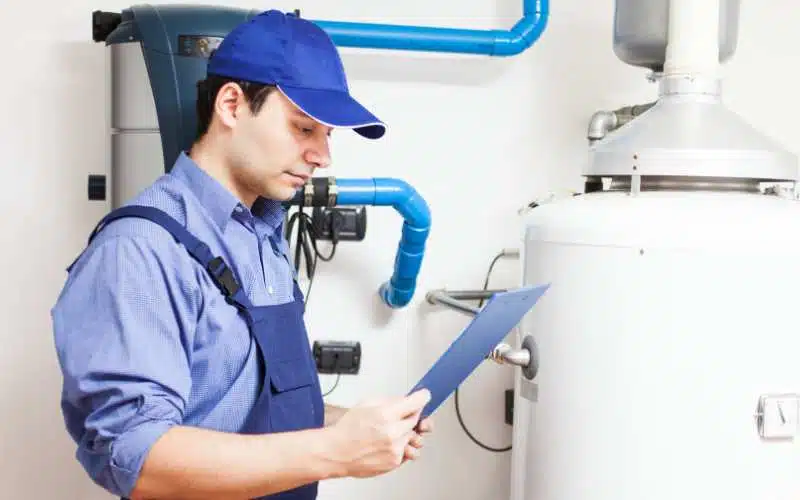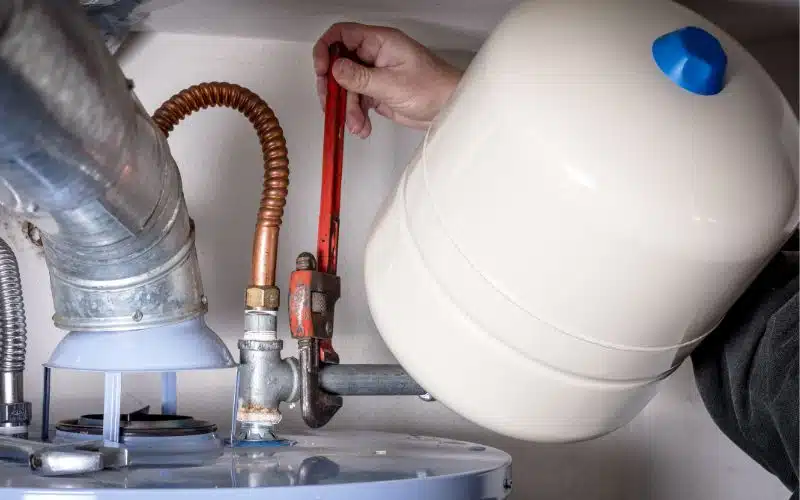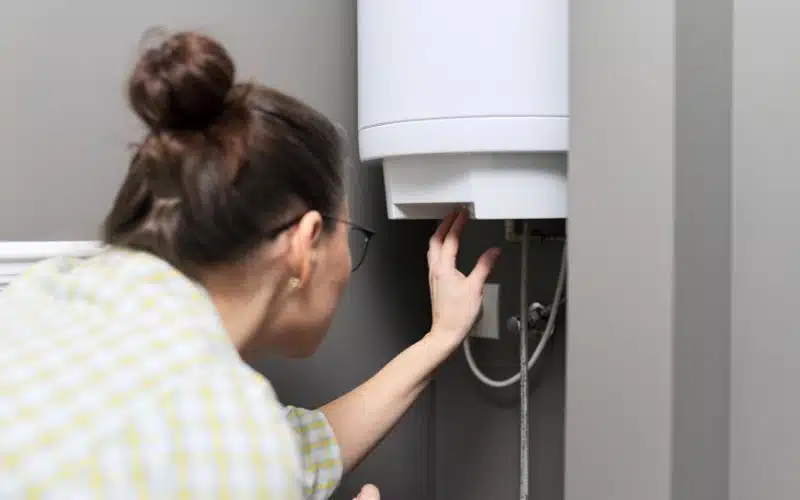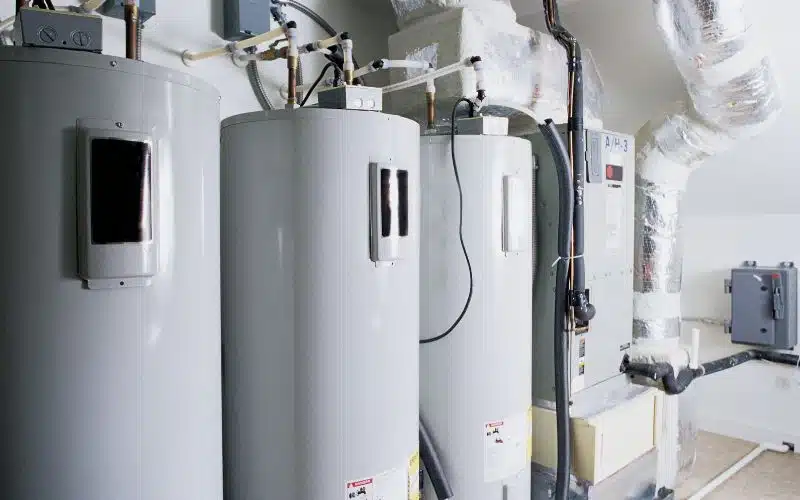When considering insulating your home, a few materials can perfectly suit your taste. Choosing the one that will keep your house comfortable and perfect in harsh weather conditions is important.
Blown-in mineral wool is a recently introduced method used to insulate the house. When compared to other materials, it is superior and more efficient. So, can you blow in mineral wool insulation?
You can blow in mineral wool during insulation. Mineral wool has tiny particles, which makes it loose fill insulation. Thus, the method makes it easier when insulating to fill areas that are difficult to access when working. The process needs some equipment, such as the insulation blower.
Can Mineral Wool Insulation Be Blown In?
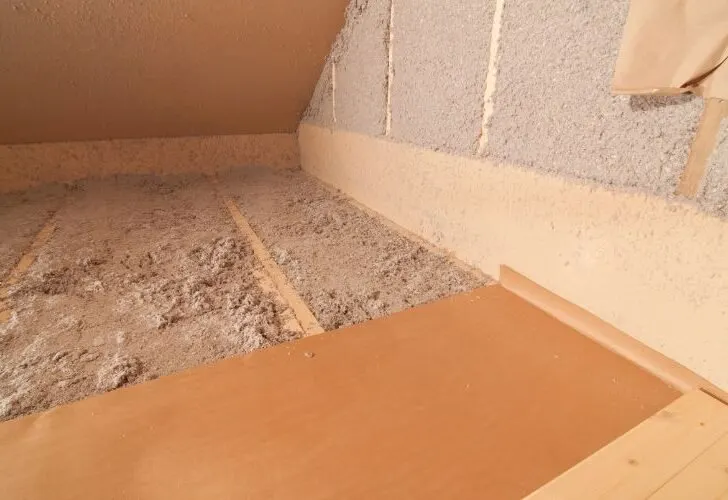
You can blow in mineral wool insulation. The blown-in insulation is one of the products of mineral wool insulation.
The raw materials include rocks and furnace slags. The product is produced in granules and applied as the attic fill.
Rockwool blown insulation is another name for mineral wool blown-in insulation. As earlier, it is applied as attic fill and is a type of insulation used for wall and ceiling cavities.
It consists of rocky substances, furnace slag, and other tiny materials; this makes it lose and easy to apply.
You can apply in most parts of a building, especially where it is not easy to access.
Mineral wool insulation is used because of its material; its material traps air. Because of the thermal blocking capacity, you can use it during construction under any climate.
However, to get maximum results during construction, you can use rock wool blown insulation because it is easy to install and effective.
In addition, the thermal blocking capacity protects the occupants of the building from unwanted noise and heat loss.
The mineral wool is denser than the common cellulose used for insulation. Therefore, it makes it easy to use a smaller amount when compared to cellulose for insulation.
Also, the material fits cavities perfectly because of the dense nature and the force of gravity that acts on its weight.
However, it may cause health hazards to the person using it, especially if they are consistently exposed to the material. The weight can also be difficult to carry from one place to another.
Also, mineral wool can settle in the cavities during and after installing, causing air to be trapped within the walls, thereby reducing the insulation efficiency.
Where to Buy Blown-in Mineral Wool Insulation
There are many suppliers of blown-in mineral wool in the US. One of the major suppliers of this type of insulation is service partners.
They have a large variety of blown-in mineral wool insulation to suit your preference.
With major branches worldwide, the brand offers insulation to meet your construction needs and fits your budget. Mineral wool is from natural rock that has many loose substances.
Last update on 2024-01-06 / Affiliate links / Images from Amazon Product Advertising API
It is widely used worldwide for construction, especially in Canada and Europe. The production process involves melting the basalt stone and adding the recycled slag to make it into a fiber.
Recently, the production now involves spinning molten rock at a high speed.
Although mineral wool is more expensive than other types of insulation, it has many benefits. One of its benefits is the resistance to fire.
It can withstand extreme temperatures, which makes it difficult to burn in very high temperatures.
During extreme temperatures, the wool retains its original form and has a strong immunity against fire.
Also, it is resistant to water, making it the perfect choice, especially during the rainy season. If the roof leaks, the insulation will dry out with no damage.
Compared to other materials that absorb water and incur more cost for the owner because of the new installation.
Furthermore, mineral wool has a good barrier against sound. Therefore, you can use it in industries where production occurs and in heavy-sounding machines rooms.
Therefore, you can use it as a soundproof between where the machines are and the other rooms in the industry.
Things to Consider When Choosing Blow-in Mineral Wool Insulation
Before installation of any type, many materials from different brands may look nice initially but cause future problems.
Choosing the right material is not relatively easy. Before settling down to use the blow-in wool insulation for your building, there are many things to consider.
The cost of insulation increases the value of your home while providing comfort for the occupants.
Below are some factors to consider when choosing blow-in mineral wool insulation:
#1. Labor Cost
Since the work is to be done by a professional, it is important to add the labor cost to the total amount spent.
If you plan to hire a contractor for the insulation or a professional to check the DIY. You will include the labor in the cost.
If you remove an old installation, it will cost extra labor cost. Also, if the area you want to insulate is difficult, it will cost extra charges.
#2. R-Value
The R-value of insulation determines the rate at which the building insulation takes in the heat flow in the house.
For example, blown-in mineral wool insulation has an R-value of 3.0 – 3.3 inches of thickness.
The R-value is one of the major factors that makes it more expensive than other insulating materials.
A high R-value means the material has an excellent insulating property and indirectly affects the house’s heating and cooling system.
Fortunately, the blown-in insulation has a higher R-value when compared with other materials.
Below is the R-value of the types of insulation we have:
| Material | R-value(inches) |
|---|---|
| Fiber-glass | 4.3 |
| Cellulose | 3.9 |
| Open cell foam | 3.6 |
| Closed cell foam | 6.5 |
| Rockwool | 3.3 |
#3. Area to be covered
The area to be covered will greatly affect the total cost. If the area is not a place that is easily accessible, it may incur more costs than normal. The larger the area, the more the cost.
Insul-fill™ Blow-in Mineral Wool Insulation
The insulation-fill blow-in mineral wool insulation consists of loosely packed material used for blown building applications.
Its major work is to serve as the building insulation or adding insulation to the parts of the building, especially the walls and the ceilings.
In addition, the insulation can fill spaces between the cross bracing, truss spacing, and other uneven spaces.
Unfortunately, although most insul-fill blown-in attic mineral wools are water and dew resistant, they are also non-combustible.
How Much Does Blow-in Mineral Wool Insulation Cost?
Blown-in mineral wool is important in the home because of its effectiveness and benefits.
However, to know how much installing a blown-in mineral wool insulation will cost, it is important to know the R-value, the area the wool will cover, and labor costs.
Installing mineral wool insulation will cost about $0.62-$1.10 for a square foot. If you want to include the installation and labor costs, it will amount to $2200-$5900 for an area of 1000 square feet.
Conclusion
Choosing the perfect type of insulation for your building is difficult. It is important to choose the type of material that is effective and will benefit the occupants of the building.
Apart from adding to the aesthetics of the building, functionality is always the priority. Blown-in material is advisable for most buildings because of its benefits.

